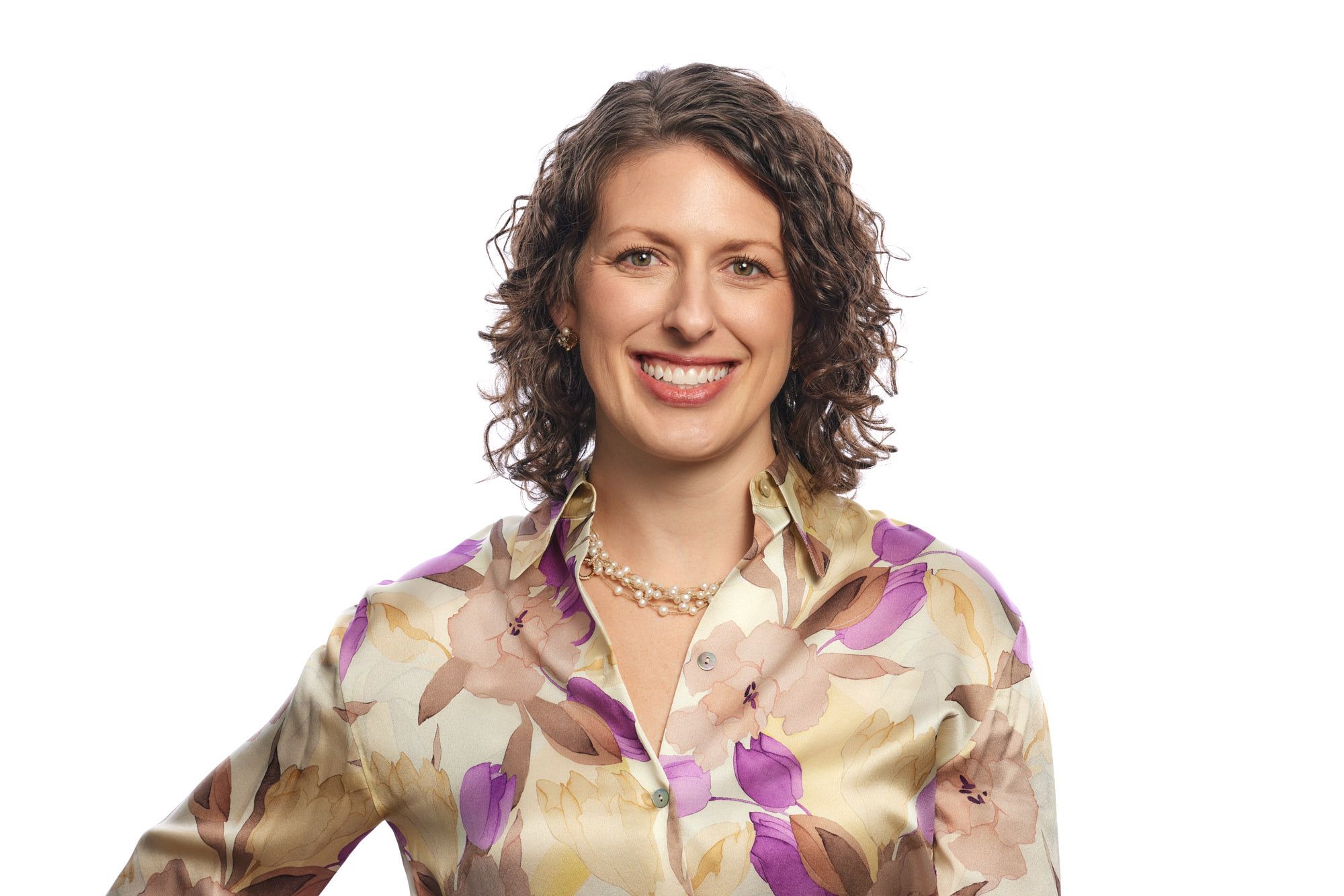TD Ameritrade lifts profits, pushes back on high-frequency trading
CEO says best execution is first order of business; competition for RIA customers remains strong.
Nearly three weeks after Charles R. Schwab signed a statement calling high-frequency trading a “cancer,” the executive that runs a major competitor is pushing back.
“After and only after seeking best execution, we turn our focus to how we optimize where our flow is routed in order to maximize revenue opportunities or lower transaction costs — some of those opportunities come in the form of payment for order flow,” said TD Ameritrade chief executive and president Fredric J. Tomczyk. “We’re not anticipating because a book’s been written that all of a sudden payment for order flow is going away.”
The remarks on the contentious issue of high-frequency trading came Wednesday as the brokerage and custodian to financial advisers reported a 34.7% increase in earnings for the quarter ended March 31 on the back of active trading by clients and higher assets. The firm said that despite tough competition, it sees good opportunity for asset growth in its adviser services division.
But high-frequency trading has remained a topic hanging over the industry. Discount brokerages, including Schwab and TD, have come under scrutiny for a practice called payment for order flow, in which they sell their customers’ orders to high-frequency traders. Mr. Tomczyk said the firm puts best execution ahead of revenue opportunities.
“It has become a debate pitting one participant’s opinion against that of another’s opinion,” said Mr. Tomczyk, adding that unidentified people “have lost perspective” on the topic. “The U.S. equity market is one of, if not the best-functioning and most efficient markets in the world.”
He said trading and execution costs have declined in the last decade, while the speed of execution and the liquidity of markets are both up. To the degree that there are problems in the market, any changes to market structure need to be thoughtfully “researched, analyzed and tested,” he said.
In a letter earlier this month describing high-frequency trading as a “cancer,” Schwab chairman Charles R. Schwab and president Walter Bettinger II railed against traders who they said profit by using faster access to data and exchanges to gain advantage over retail investors.
Some financial advisers expressed concern about the impact on investors of high-frequency trading in the aftermath of the release of a book called “Flash Boys: A Wall Street Revolt” (W. W. Norton & Co., 2014), whose author, Michael Lewis, takes a critical view of the practice.
Schwab’s letter did not directly address payment for order flow, and the brokerage declined to comment through spokeswoman Alison Wertheim. But company officials have said in the past that they prioritize best execution as well.
Mr. Tomczyk said high-frequency trading is not a “Main Street” issue, saying the firm received just 70 phone calls and 112 emails on the topic.
And clients have been driving new assets into the firm and trading at higher levels, with client accounts at the firm seeing an average of more than 20 trades in the quarter, on an annualized basis, up from 16 in 2013.
The firm benefited from $12.2 billion in net new client assets last quarter, lifting the firm’s assets to $617.1 billion overall, as of March 31. Net income in the period was $194 million, up from $144 million in the first quarter of 2013.
Independent registered investment advisers who use TD’s platform and custody services are an important source of the firm’s asset growth.
Mr. Tomczyk said that while the firm’s “pipeline” is “robust,” the market for financial advisers in the RIA space has been and remains “very competitive” and that the firm is making “heavy use” of promotions and incentives, such as teaser rates, to attract the assets represented by those advisers.
Mr. Tomczyk said the firm’s options-trading platform has been helpful in attracting a “new type of RIA,” namely ones that work with wealthier clients and tend to more readily make use of options. He added that, of the advisers who use the options program, half work with more than $100 million in assets.
In the RIA world, TD’s custodial platform is often associated with advisers serving the “mass affluent,” or less-wealthy retail clients than some of its competitors.
Learn more about reprints and licensing for this article.




